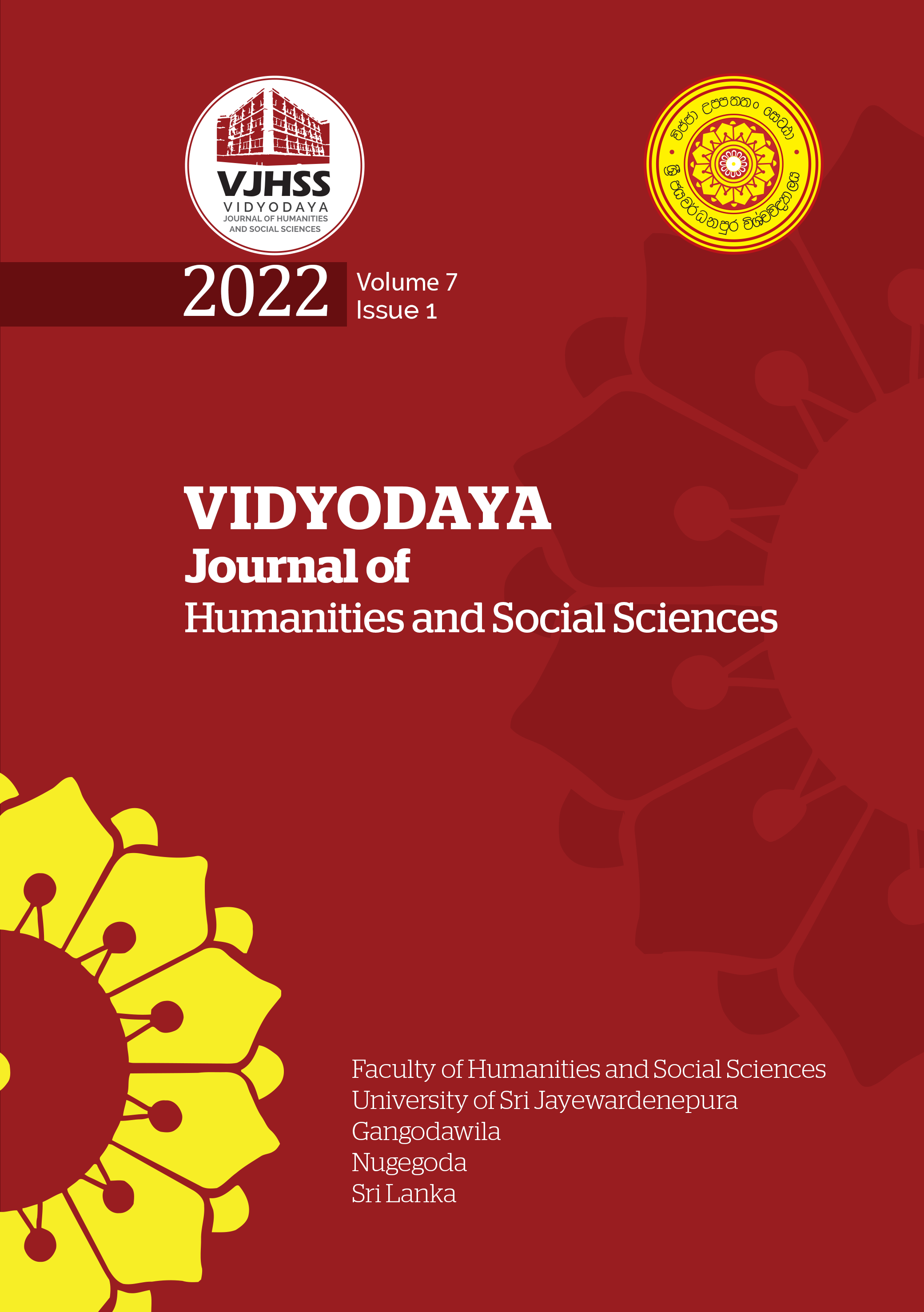Chronology of the Occupation Pattern Distribution: A Case Study At The Mun River Valley Prehistoric Settlement Site, Northeast Thailand
Abstract
Chronological framework can be used to identify the distribution of occupation patterns. This study was based on fourteen radiocarbon samples from the eight excavation pits at Ban Non Wat and Nong Hua Raet archaeological sites. The chronology of the cultural layers was developed using AMS radiocarbon dating to supplement existing data, specifically to examine the dating of the end of the Iron Age occupation. The objective of this study was to continue testing the premise that the end of the Iron Age on the Mun river floodplain in Northeast Thailand that is better defined as either a singular more or less contemporaneous de-population event characterized by widespread abandonment of settlements or a gradual transition from dispersing a rural settlement to more concentrated urban style of settlement. The results support the existing chronological framework of the study area and suggest that the end of the Iron Age in the Mun River valley is better defined as a gradual transition from dispersed rural settlements to a more concentrated urban style settlement. Occupation commenced at the center of the mound of Ban Non Wat during the Neolithic period, and gradually spread radially to the margin by the Iron Age. Occupation at the neighboring site of Nong Hua Raet commenced during the Iron Age period, parallel to that at Ban Non Wat.



